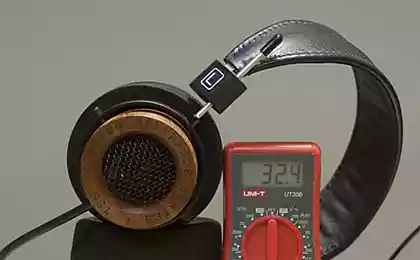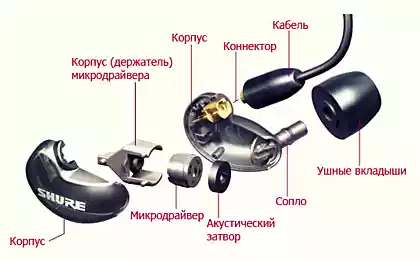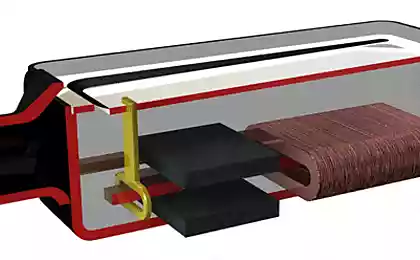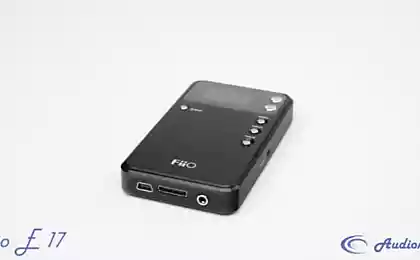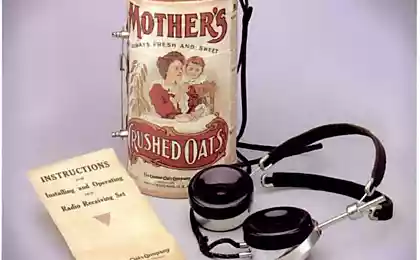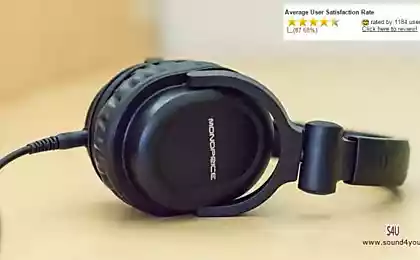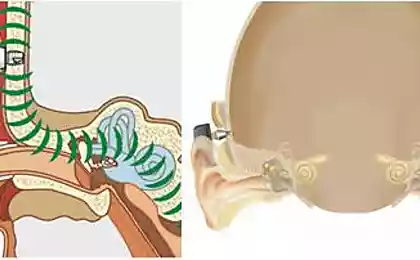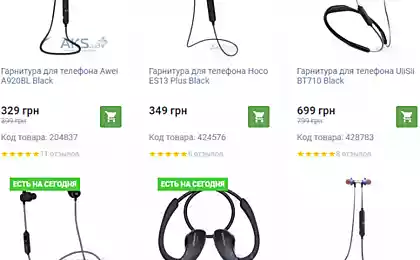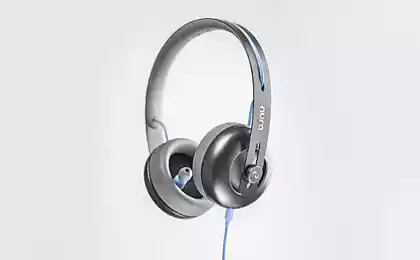2276
Grado Headphones
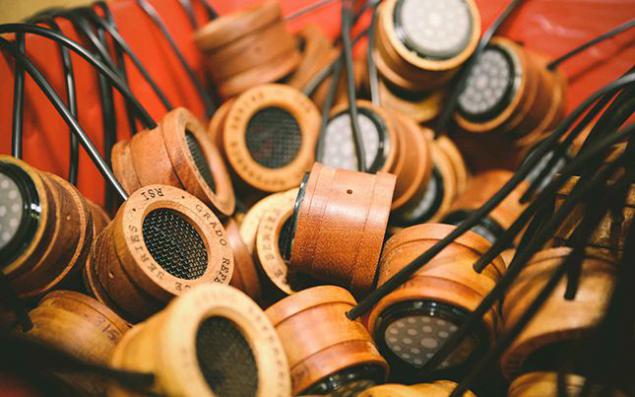
Founding of Grado
Founder Joseph Grado Grado is (Joseph Grado).
Joseph Grado was born in New York and joined the Hi-Fi sound in the early 50-ies, visit Saul Marantz (who later founded the Marantz) in order to improve the sound of your system. Saul said Joseph magnificent ear and sent it to the Sherman Fairchild's in hi-fi department. Saul fairly closely acquainted with the company of Joseph and Joseph quickly became one of the most important positions in the company.
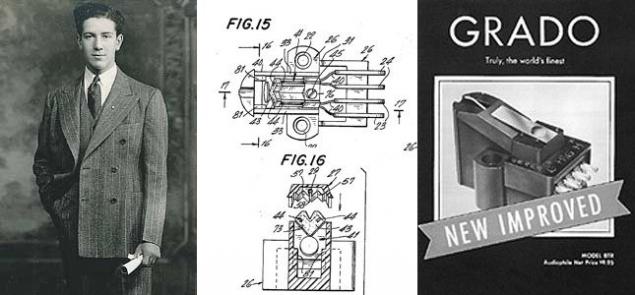
Once he developed a promising product, he left to set up their own production phono cartridges in 1953. To this end, he collected $ 2000 and began work at home on the kitchen table. In 1955 there was the first sale of a pickup for radio Leonard Radio.
In 1955, Joseph opened a factory in Brooklyn at the place where the father's grocery store and there is still the production of Grado.
The first time in Grado produced and speakers and turntables, but in 1964 it was decided to focus only on the cartridges. The first true Hi-End cartridge was released under the name Joseph Grado Signature Products. These cartridges are received high marks and the first on the market reached a price of $ 1000.
1982 Joseph Grado was even entered in the register "Audio Hall of Fame" for various novvovedenie and the development and implementation of a moving coil cartridges (MC).
The appearance of the headphone Grado
Development headphones began in the late 1980-ies, where the goal was to create a headphone class Hi-End. Due to their long experience in creating audio products Joseph managed to create a really sounding product

Curiously, many companies develop headphone models went from cheap to expensive, in the pursuit of mass production of large volumes. Grado is initially focused on the Hi-End, so in those days, when the Sennheiser HD 600 and Beyerdynamic DT 880 were considered "expensive" headphones Hi-End class worth $ 400-500, in Grado was analogous to the RS 325 in this price range and more expensive models as RS1, RS2, GS1000.
The high cost compared to other brands did not prevent sales senior models Grado. The cost of the headphones depends on the cost of production, and if it turns out to achieve a higher quality of sound is always there and the customer for the product (better to buy one product, but a good than a dozen, but mediocre).
Only a few years later Sennheiser and Beyerdynamic «caught up» Grado models HD800 and T1, when the total weight of the headphones have become more expensive and has grown a massive demand for expensive and higher quality headphones. What is interesting to note in the direction of Grado, in contrast to the Monster Beats, Sennheiser, Audio-Technica and other popular brands - Grado not fake. This is due primarily to the fact that the owners Grado appreciate their unique sound and not beautiful body. Produce "copies" supposedly mimic the original or a pacifier with a big logo "pontovo brand" is meaningless - do not have the buyers.
Early headphones Grado
Grado Signature HP1000
In 1989 came the first headphones from Grado Signature HP1000.
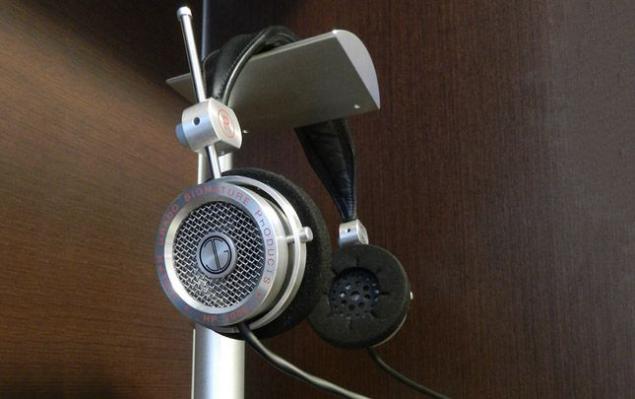
In 1991 launched a series of SR with three models Grado SR 100, Grado SR 200 and Grado SR 300.
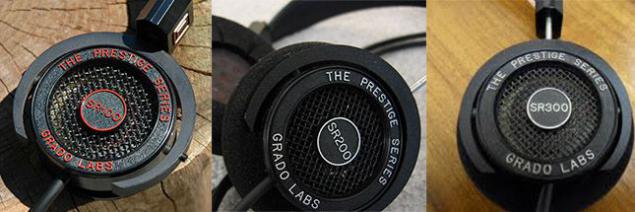
In 1993 headphones upgraded to Grado SR 125, Grado SR 225 and Grado SR 325, their appearance preserved to this day and is a kind of calling card.
In 1994, there are budget headphones Grado SR 60, and then by model SR 80.
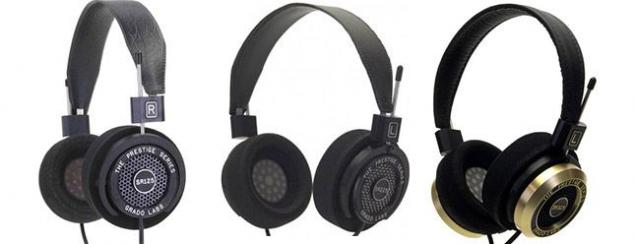
In 1996 begins mass production of headphones that go beyond mass products, it RS1 and RS2.
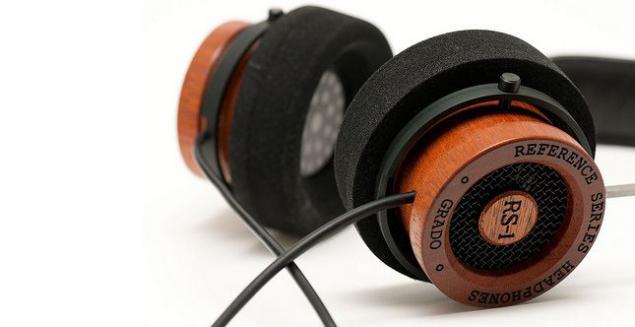
In 1998, a headphone amplifier developed a series of Reference RA-1. Amplifier circuit at first glance seemed to many a rather simple and inexpensive to use opreatsionnogo amplifier in it spawned the view that repeat amplifier on its own simply and easily. However, amateur radio operators were disappointed, clones amplifier nedotyagivaet or had other writing sound. The basic hypothesis of the impossibility of repeatability was the use of special capacitors not marked in Grado.
However, it would be interesting for the next edition of the amplifier under a high-end headphones GS 1000 and PS 1000.
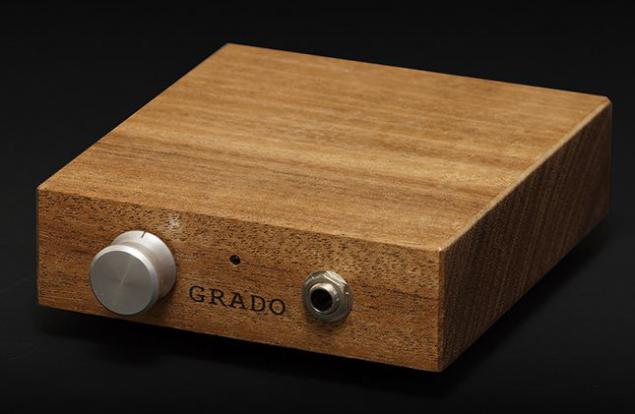
In 1999, there are portable headphones SR40.
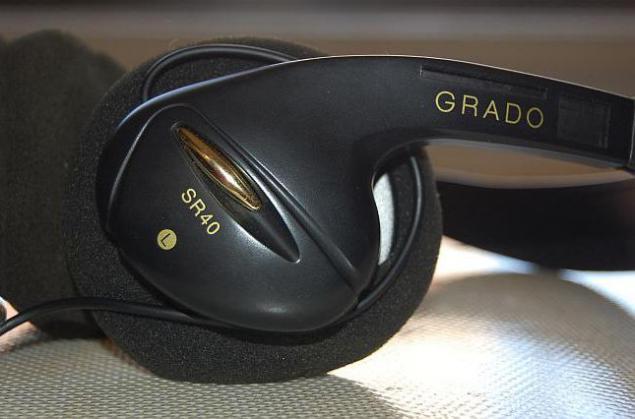
In 2006, there are full-size GS1000 with large ear cushions.
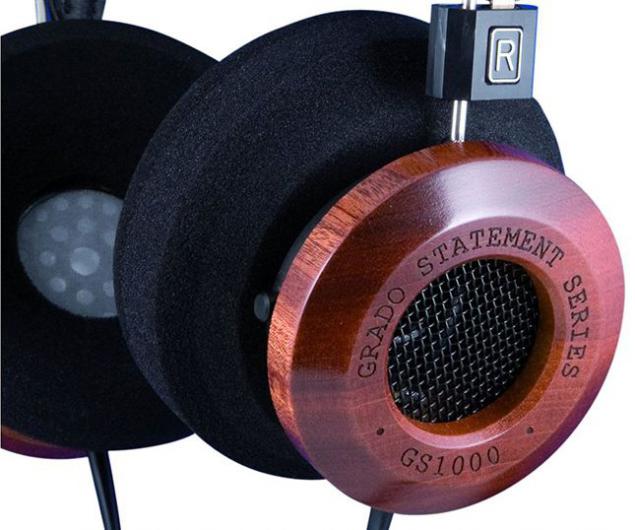
In 2009, the line is updated Grado headphones on a series of i - Improved (improved, and hence to take the letter i in iPhone?). To replace the SR 40 model comes iGrado.
In 2009 there was a crisis in the market of headphones, Sennheiser and Beyerdynamic giants presented "upomrachitelno expensive" headphones T1 and HD800, when Grado successfully crossed that line before.
Grado, this year presented a model PS 1000 hybrid cups of wood and metal.

In mid-2009, there were also a series of In-ear monitor as iGi and GR8. In 2010 Add model GR 10.
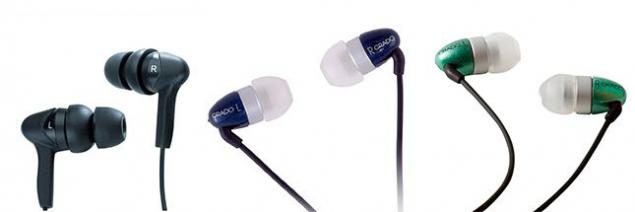
In 2011 Grado PS 500 model introduced with the same hybrid cups of wood and metal, similar to PS 1000.
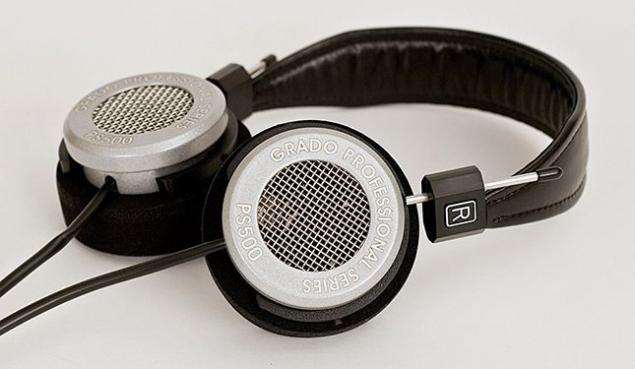
In 2013 Grado releases limited edition closed type headphones Grado for Bushmills. All headphones were sold on the first day.
In the middle of 2014 should start updating series headphones in version "e».
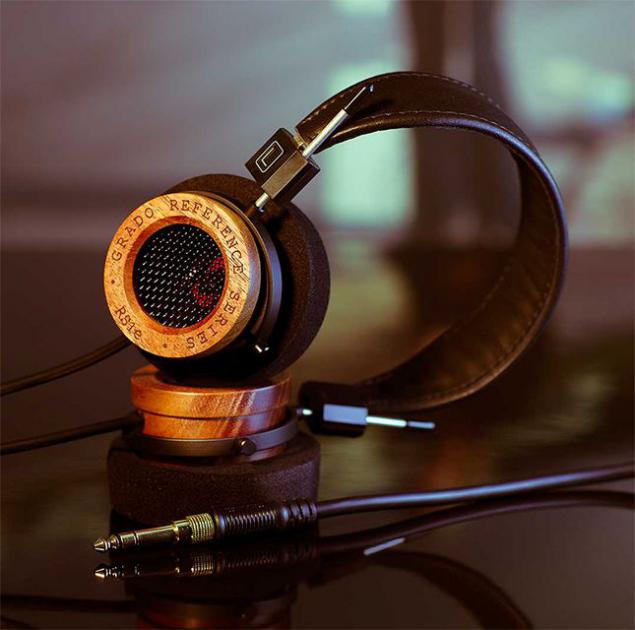
John from an early age began with the honorary position of "chief of cleaning the floor." And of course, with great interest absorbed all the details of production.
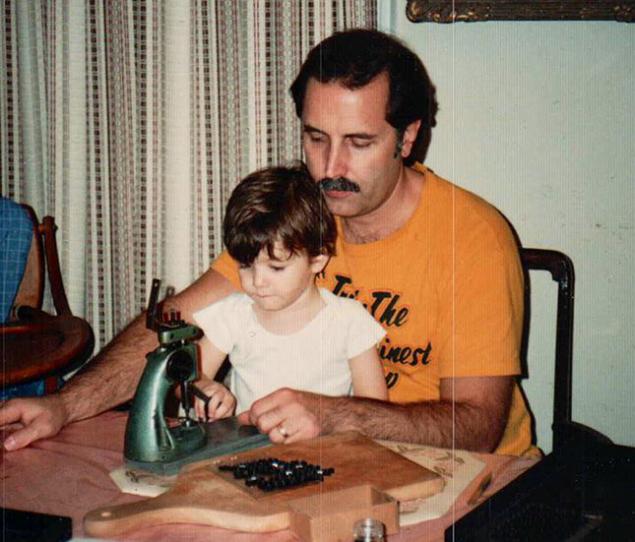
After high school, he began to more responsible tasks and gradually replaced Joseph, becoming the owner of the company in 1990.
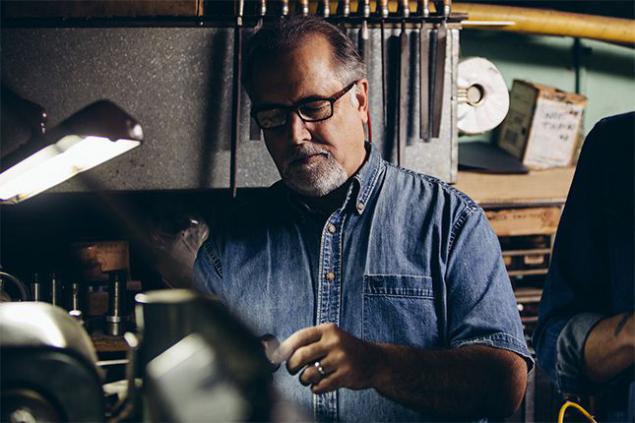
Jonathan became the third generation of Grado in 2013.

Headphones by Grado divided into five series.

The line includes two models - RS1i and RS2i, cups which are made of mahogany. This is the audiophile products class Hi-End.

Statement Series
Headphones Grado Statement Series
This series includes only one model of the full-length type GS1000i. Unlike other models, the ear cups in GS1000i very large and they cover the ear, making the headphones more comfortable. But the most important thing is that these ear pads provide a large space between the speaker and the ear, and it significantly affects the virtual space of the soundstage.
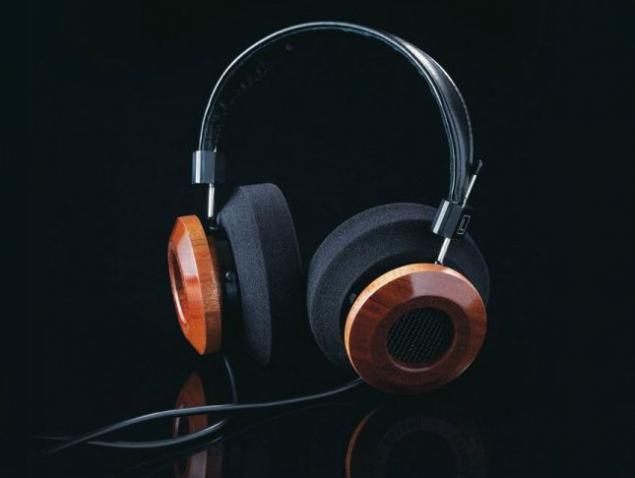
Professional Series
Headphones Grado Professional Series
Professional series based on the name speaks directly about the purpose for the studio. Included in the range of two models and full-size overhead PS500 PS1000. Both models do not monitor because use of open-type housing without noise insulation and are used in the processing of musical material, where it is necessary to hear all the nuances. Housing cups hybrid, wood and special porous metal for optimal damping resonances.
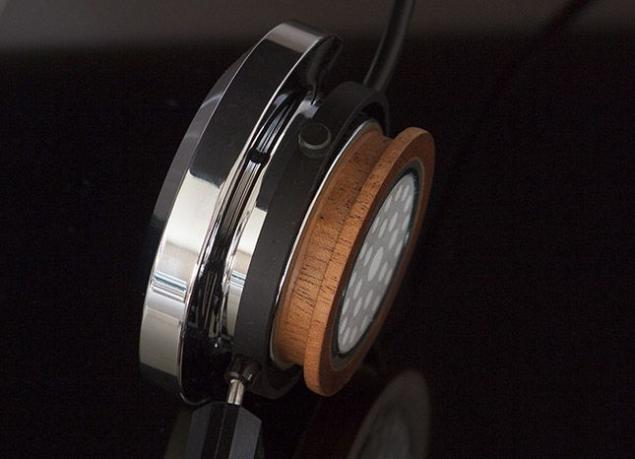
In-Ear Series
Headphones Grado In-Ear Series
Series In-ear monitor is a relatively new and includes three models: iGi, GR8, GR10.
iGi is a dynamic model with powerful bass and GR8 and GR10 use a special "round" reinforcing the radiator to achieve smooth sound. Ie junior model is designed for a wide range of customers who need deep voice sounding, and older models for those who need not flattering sound. Round reinforcing driver today is one of the best decisions and therefore does not fall in the public sector.
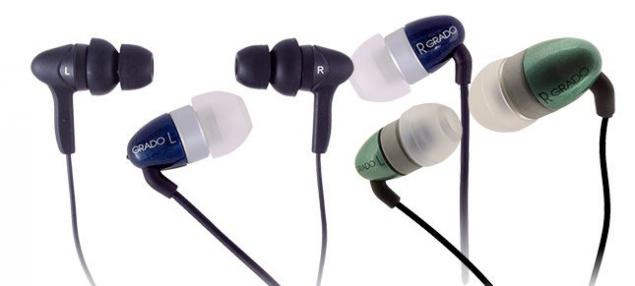
Source: audio4you.ru
